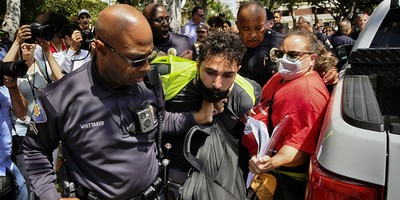New York, New Jersey, Connecticut and Illinois—states that are the most heavily reliant on the taxes of the wealthy—are now among those with the biggest budget holes. A large population of rich residents was a blessing during the boom, showering states with billions in tax revenue. But it became a curse as their incomes collapsed with financial markets.Arriving at a time of greatly increased public spending, this reversal highlights the dependence of the states on the outsize incomes of the wealthy. The result for state finances and budgets has been extreme volatility.
In New York before the recession, the top 1% of earners, who made more than $580,000 a year, paid 41% of the state's income taxes in 2007, up from 25% in 1994, according to state tax data. The top 1% of taxpayers paid 40% or more of state income taxes in New Jersey and Connecticut. In Illinois, which has a flat income-tax rate of 5%, the top 15% paid more than half the state's income taxes.
Recommended
It would be wise to consider both of these solutions. The problem is that government officials can scarcely keep their hands off of newfound tax revenue, even when the prudent thing to do is stash it away for a rainy day.

























Join the conversation as a VIP Member